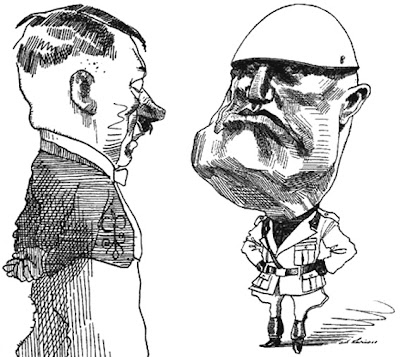Shulman didn't build these houses, he just photographed them. It's always tempting to imagine that a good photographer just gets lucky, but that wasn't true in Shulman's case. He had a vision which he imposed on his subjects. Modern architecture for Shulman wasn't only about angles and light, it was about a new sensibility which was light hearted, optimistic, adventurous and intelligent, and which somehow told a story. It was said that sometimes Shulman's photos were better than the buildings he shot.
Here (above) the architect attempted to prevent Shulman from taking the picture because he thought the house wouldn't photograph well in the fading light. Fortunately for the architect, Shulman did it anyway.
Modernism at its best had a heroic, optimistic and pioneering feel to it. Post modernism seems to say, "Look, everything worth doing has been done, so we'll just do modern versions of what the Romans did 2,000 years ago."
Shulman's best work was done in black and white, but he slowly adapted to color a little bit at a time. That diagonal above is based on a sketch by Leonardo DaVinci.
Just for the heck of it, I deleted the color from Shulman's picture. Most of it works fine this way, though the black and white drains some of the vibrancy from the right.
Here's (above) a modernist house with a strong Japanese influence. I wouldn't say it was completely practical, but it sure looks good in this Shulman picture. Should houses be practical? Maybe the architect's done his job by creating fascinating spaces that clients can customize later. What do you think?
Anyway, the drawing on the right illustrates what was wrong with certain modernist houses. When the blinds were open and the walls were transparent, the house looked great. When the blinds were closed, and the walls were opaque, the house was reduced to a big, unadorned shoebox.
It's a fixable problem...you just vary the shapes...but some modern architects considered that to be a dilution, a compromise with the old ornamental bias. Well, Shulman's job was to make the houses look good, and you can't deny that he did that.
I'll end with one more Shulman picture (above)....
...and a picture of the man at his desk. He was in his mid 90s when this photo was taken, and still perfectly lucid and thoughtful. Get Netflix to send you the documentary about him called, "Visual Acoustics." There's a book by the same name.
BTW: Is that not a tres cool design for a workspace? Oh, what I'd give to have a room like that!
And BTW again: I have lots more to say about Shulman and the vision he imposed on modernism. I'll try to post about him again soon.





















































